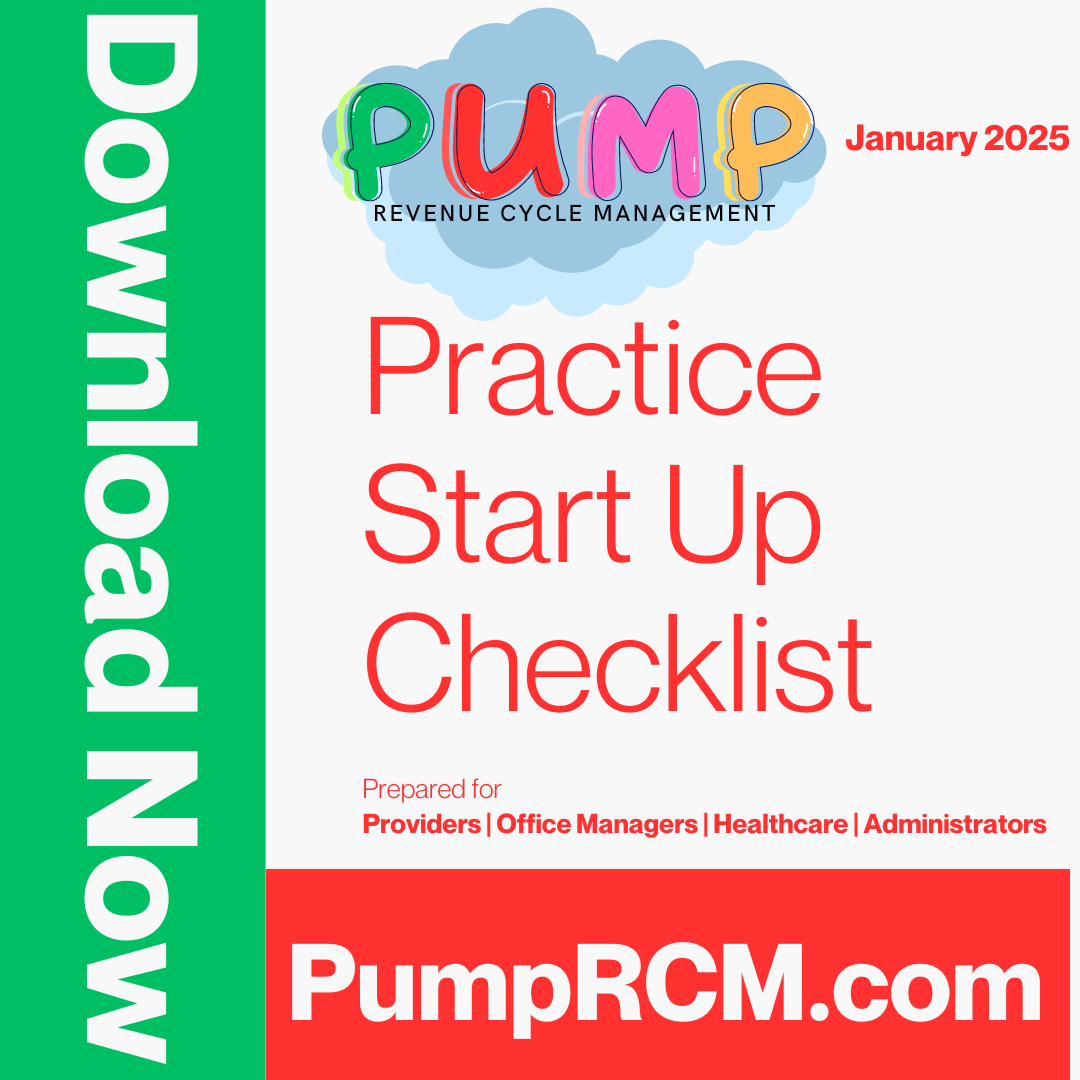Why Healthcare RCM is Necessary for Financial Health in Medical Practices
Why Healthcare RCM is Necessary for Financial Health in Medical Practices
Blog Article
A Comprehensive Overview on Exactly How Health Care RCM Works to Improve Billing and Collections
Navigating the intricacies of medical care earnings cycle monitoring (RCM) is crucial for providers intending to boost their billing and collections processes. The guide unloads the details of RCM, from client enrollment to balance dues monitoring, providing insights right into maximizing each action. Incorporating sophisticated modern technology and standardized treatments can substantially decrease insurance claim denials and speed up payment cycles. Yet, truth challenge depends on seamlessly combining these elements to improve capital. As we discover the core components and methods that drive efficiency, one concern continues to be: how can medical care entities best setting themselves to thrive economically in an ever-evolving sector?
Understanding Income Cycle Management
RCM is a crucial administrative feature that incorporates the whole economic procedure of individual care, from the initial appointment setting to the last repayment of the balance. It is a complicated treatment created to recognize, gather, and manage the income from the services provided to patients.
The RCM process begins when a person schedules a consultation and extends through the patient's care journey, including billing and collections. A vital purpose is to lower the time between receiving and providing a service payment, thus enhancing the company's financial health and wellness. RCM involves numerous features such as person registration, insurance policy verification, fee capture, coding, claims entry, payment posting, and handling appeals and rejections.
Secret Elements of RCM
In the world of Revenue Cycle Monitoring (RCM), understanding its crucial parts is basic to attaining economic efficiency within health care companies. RCM is a detailed procedure that encompasses various stages, each important to ensuring reliable billing and collections. The main elements consist of patient registration, insurance confirmation, cost capture, coding, claim entry, repayment publishing, and accounts receivable monitoring.


Once coded, claims are sent to payers, where precision is extremely important to stay clear of rejections or hold-ups - Healthcare RCM. Payment uploading involves taping the received payments, which enables for the settlement of accounts. Lastly, receivables monitoring concentrates on monitoring and addressing unpaid insurance claims, ensuring prompt follow-up and resolution
Each element of RCM is adjoined, and inefficiencies in any part can interrupt the whole cycle. As a result, mastering these aspects is crucial for healthcare providers to maximize profits and improve their economic wellness.
Methods for Effective Billing

Systematizing invoicing treatments across the company is an additional vital technique. Establishing clear guidelines for documents, coding, and entry aids maintain consistency and conformity with regulatory requirements. Training staff routinely on these procedures guarantees everybody is current with the current changes in payment codes and payer policies.
Accurate charge capture is essential in stopping revenue leakage. Implementing regular audits and monitoring systems permits for the identification and modification of disparities before they affect profits. Additionally, maintaining open lines of communication with payers helps to rapidly resolve any type of conflicts or misconceptions that may develop.

Finally, engaging individuals early in the billing process by supplying clear price quotes and instructional materials concerning their monetary obligations can considerably reduce confusion and improve payment timeliness. These methods collectively contribute to an extra reliable and economically healthy and balanced invoicing system.
Enhancing Collections Procedures
Given the intricacies of clinical payment and the range of payer demands, enhancing the collections procedure entails applying strategic actions that make certain exact and prompt payment of solutions provided. Automation tools can assist in tracking insurance claim statuses, sending out prompt reminders to patients, and handling rejections extra properly.
Educating team to understand the subtleties of insurance policy plans and invoicing codes is just Healthcare RCM as crucial. This understanding encourages them to address billing inconsistencies swiftly and connect effectively with individuals regarding their financial obligations. Additionally, clear and clear client communications are important. Providing thorough explanations of fees and supplying versatile repayment strategies can increase individual satisfaction and prompt repayments.
Normal audits of the collections process should be carried out to recognize locations for improvement and make certain compliance with guidelines. By evaluating information, healthcare companies can identify trends, prepare for prospective issues, and adapt techniques appropriately (Healthcare RCM). Ultimately, a well-enhanced collections procedure not only sustains monetary wellness yet also contributes to a more seamless experience for clients and staff alike
Optimizing Profits Streams
Structure upon the structure of a strong collections procedure, healthcare companies can further boost their monetary stability by tactically optimizing profits streams. This entails a multi-faceted method, beginning with a thorough evaluation of existing profits sources to identify inadequacies and areas for growth. Using advanced information analytics devices makes it possible for organizations to acquire understandings right into payer mix, patient demographics, and service application patterns, enabling data-driven decisions that boost income capture.
Applying automated billing systems can dramatically minimize mistakes and quicken insurance claims refining, guaranteeing that profits is accumulated a lot more efficiently. In addition, enhancing payer contracts via normal arrangements can boost compensation prices and terms, directly impacting the lower line. Expanding service offerings, such as incorporating telehealth or health programs, can also bring in a more comprehensive patient base, hence raising income capacity.
One more essential component is boosting individual engagement and contentment, as completely satisfied clients are much more most likely to adhere to treatment strategies and make timely repayments. Supplying versatile published here settlement choices and transparent payment practices can enhance collections and foster person commitment. Healthcare RCM. By embracing these techniques, healthcare organizations can create a more resistant financial framework, making sure continual growth and stability in an ever-changing market landscape
Verdict
Finally, health care Income Cycle Administration (RCM) plays a critical role in enhancing payment and collections procedures by integrating crucial parts such as try this site individual registration, insurance verification, charge capture, coding, asserts submission, and accounts receivable management. By employing sophisticated modern technology, standardizing treatments, and cultivating patient engagement, healthcare companies can considerably minimize insurance claim denials, accelerate settlement cycles, and improve cash circulation. This extensive approach to RCM ultimately causes enhanced economic efficiency and sustainability for healthcare companies.
The RCM procedure begins when a person routines an appointment and prolongs via the client's treatment journey, consisting of invoicing and collections.Another important part is boosting client engagement and contentment, as satisfied individuals are more most likely to stick to therapy plans and make prompt payments. Supplying adaptable repayment alternatives and clear invoicing practices can enhance collections and foster person loyalty.In final thought, health care Revenue Cycle Administration (RCM) plays an essential function in optimizing payment and collections processes by incorporating essential components such as patient enrollment, insurance policy confirmation, charge capture, coding, asserts entry, and accounts receivable management. By utilizing innovative innovation, standardizing procedures, and fostering client engagement, health care providers can substantially minimize case denials, accelerate repayment cycles, and enhance money flow.
Report this page